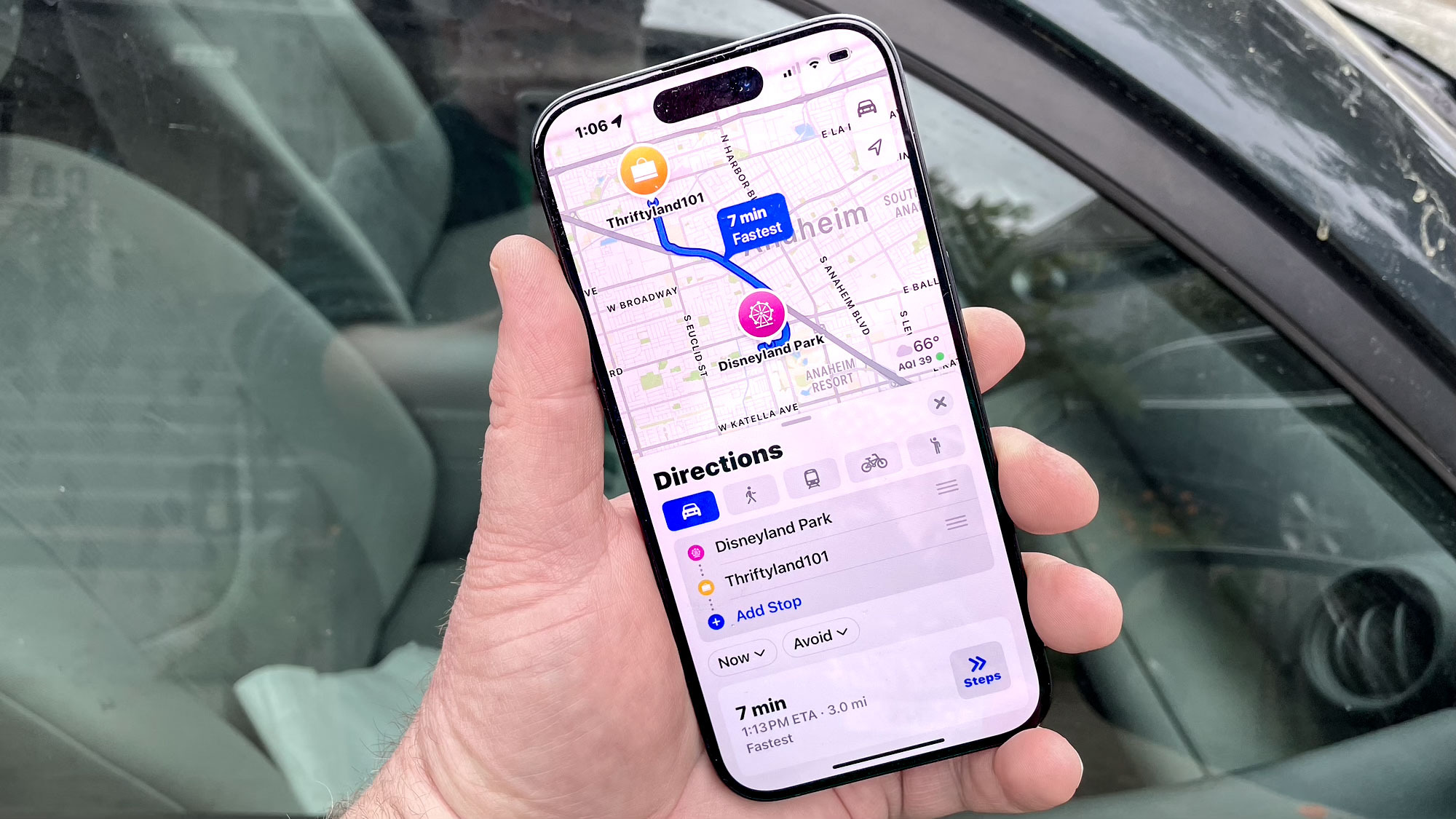How cloud technology will change the workplace (again)
Get ready for the cloud revolution 2.0

The cloud has already revolutionized the way businesses operate, with cloud storage probably one of the most widely adopted aspects of the technology. In today’s world—where a global pandemic has upended the traditional workplace model, made many offices obsolete, and created a remote culture—the cloud revolution looks set to stay. So what are the potential benefits of cloud adoption in the workplace?
Today the best cloud storage solutions not only slash the cost of traditional data storage services, they also make it easier than ever to collaborate. In this article, we explore what the proliferation of cloud technology will mean for the workplace and how it might affect you and your business.
More data will be migrated to the cloud

Cloud storage eliminates the need for a business to keep all of its data locked up on its premises. The cost of buying and securing servers is considerable. And for larger businesses, management costs can be significant.
However, as more companies choose to operate remotely, the viability of in-house servers and the requirement of a dedicated IT team to manage them diminishes considerably. As a result, much more company data will likely end up in the cloud. In some cases, companies that have committed to a partial cloud migration will decide to give up on-premise solutions altogether.
A consequence of this is that we could see a power battle arise amongst the largest providers. This may mean that data storage becomes cheaper, as the leading cloud storage providers fight it out for the top spot in a very competitive market.
AI is streamlining services and boosting adoption

Artificial intelligence (AI) is already an important component of cloud computing, and AI integration will only increase. As a result of this, cloud computing will become more efficient and affordable for business owners.
One of the primary benefits of AI-driven cloud technology is the cost-saving potential it brings. The cloud already enables businesses to scale big data storage capacity as and when they need it, so companies only need to purchase what they require. Add AI and machine learning into the mix, and this process becomes astronomically efficient.
Sign up to get the BEST of Tom's Guide direct to your inbox.
Get instant access to breaking news, the hottest reviews, great deals and helpful tips.
Many cloud services have already incorporated AI elements for increased efficiency and cost savings, like IBM Cloud for example. This means that companies aren’t required to invest in these solutions independently, but they can instantly benefit from them. What’s more, these tools are becoming easier to use.
This ease of use means companies are far more likely to roll out AI cloud tools and features across an organization, rather than only giving them to specialized team members. As a result, entire companies will become more productive.
AI also enables more interoperability between software and data sources and locations. This means businesses will have quicker and easier access to their data, which they can then use to innovate their products and services and make better business decisions. The other element to this is that the more data you give to an AI operation, the more efficient it will become. So it’s a win-win situation for business owners.
Rise of the virtual cloud desktop

The current rate of technological change means that hardware quickly becomes redundant. Many businesses will have found that, over the years, persistent upgrade requirements have made investing in full computer suites—and even the outright purchase of enterprise-level software programs—a costly expenditure.
However, the cloud looks set to change this. The core cloud service providers—Amazon, Google, and Microsoft—now offer virtual cloud desktop systems that enable users to access everything they would whilst located in the office. This means users have use of all of the office apps they need to complete their work from anywhere, and on multiple compatible devices.
At a time when remote working is becoming the norm, this element of cloud technology is helping to make the mobile workplace viable. It’s also very cost effective. These virtual desktop platforms can be scaled up or down depending on how much you use them. Gone are the days when you needed to buy multiple licenses for each user, regardless of how much or little they used the software.
Finally, the use of virtual desktops could make the workplace more productive, because everyone is sure to be using the same synchronized technology. Programs are guaranteed to be up to date, which makes for much smoother collaboration.
More SaaS cloud services will enter the market

COVID-19 has created an increasingly disconnected workplace. Consequently, the uptake of software as a service (SaaS) cloud services like Asana and Zoom has been enormous. As well as using platforms like Zoom to communicate with colleagues and share ideas, the likes of Asana and Slack have brought the workplace into people’s living rooms.
These scalable, easy-to-use services have proven themselves at a time when they were needed most, and the prediction is that more and more of these services will become available. Many organizations were already using SaaS cloud solutions like this before the pandemic, but it kickstarted a new interest in the technology and the uptake has been unprecedented.
Business owners who may not have used the technology in the past will likely have been impressed by how easy it is to integrate these systems into general workflows. Many developers will jump on the bandwagon and you can expect to see affordable, scalable solutions for every business need—from VoIP business phones, to digital marketing cloud platforms that could rival major players like Salesforce.
Conclusion
Cloud technology revolutionized data storage and quickly infiltrated other software and technologies too. Today, the cloud is everywhere, from your cell phone backup protocol to company-wide video conferencing. However, this is just the beginning.
This new worldwide remote working culture is the perfect catalyst for cloud technologies to take hold. Not only are they now proving to be a necessity, but on a long-term basis, they are incredibly attractive. They eliminate the need for expensive hardware integrations and complex onboarding procedures, and the agility of the technology enables businesses to scale at will, utilizing incredibly efficient and cost-saving technologies, regardless of budget.
And cloud technology doesn't stop being beneficial once you leave the office. There are countless personal cloud solutions that can help with everyday life too. Want to know the future? Look to the clouds.
Kieron is a freelance science and technology journalist with more than a decade of experience writing for magazines in print and online. Today, his focus is on cybersecurity, blockchain, and emerging tech. He also has a passion for social affairs, arts and culture and travel writing, and recently launched a new publication covering social activism and the volunteering sector.

